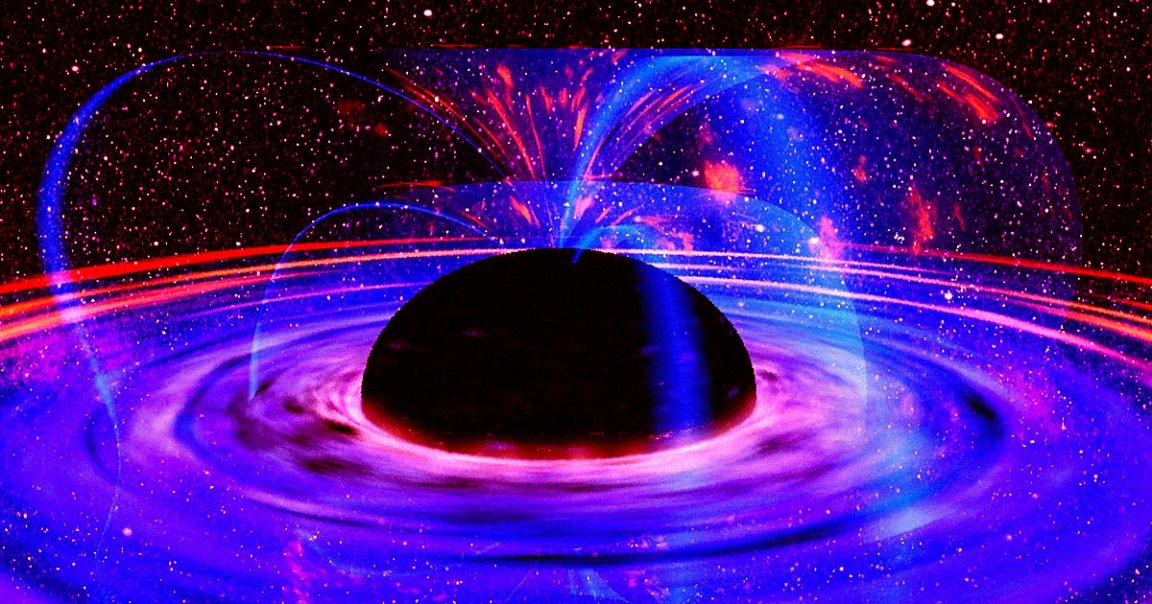
Astronomers from the University of Texas have spotted a gigantic black hole at the heart of our galaxy’s many dwarf satellite galaxies — meaning that, in intergalactic terms, it’s just a stone’s throw away from our own Solar System.
The newly discovered black hole, dubbed Leo I, is roughly the same size as the suspected black hole at the center of the Milky Way.
It also appears to be a bit of an oddball. By measuring the gravitational pull it has on the stars surrounding it, the researchers found that it’s absolutely massive compared to the size of its host galaxy.
The team used the VIRUS-W spectrograph attached to the McDonald Observatory’s Harlan J. Smith Telescope in Texas, a highly sensitive instrument capable of spotting the velocities of stars in distant galaxies.
“The models are screaming that you need a black hole at the center; you don’t really need a lot of dark matter,” UT astronomer Karl Gebhardt, co-author of the paper published in The Astrophysical Journal, said in a statement.
The more the gravitational pull, the faster the stars move. Their faster movement is believed to be an indication of higher concentrations of dark matter, the mysterious substance that many scientists think makes up the bulk of mass in the universe.
But what they didn’t expect is that the tiny dwarf galaxy’s black hole would be way more massive than expected.
“You have a very small galaxy that is falling into the Milky Way, and its black hole is about as massive as the Milky Way’s,” Gebhardt said. “The mass ratio is absolutely huge. The Milky Way is dominant; the Leo I black hole is almost comparable.”
In fact, current models come as a big hit to existing theories surrounding the evolution of galaxies, since “there is no explanation for this kind of black hole in dwarf spheroidal galaxies,” UT Austin doctoral graduate and coauthor María José Bustamante said in the statement.
The discovery could force astronomers to rewrite how we understand the matter distribution inside galaxies.
“If the mass of Leo I’s black hole is high, that may explain how black holes grow in massive galaxies,” Gebhardt said.
READ MORE: Strangely Massive Black Hole Discovered in Milky Way Satellite Galaxy [University of Texas University]
More on black holes: Scientists Say Mini-Black Holes May Have Smashed Into the Moon